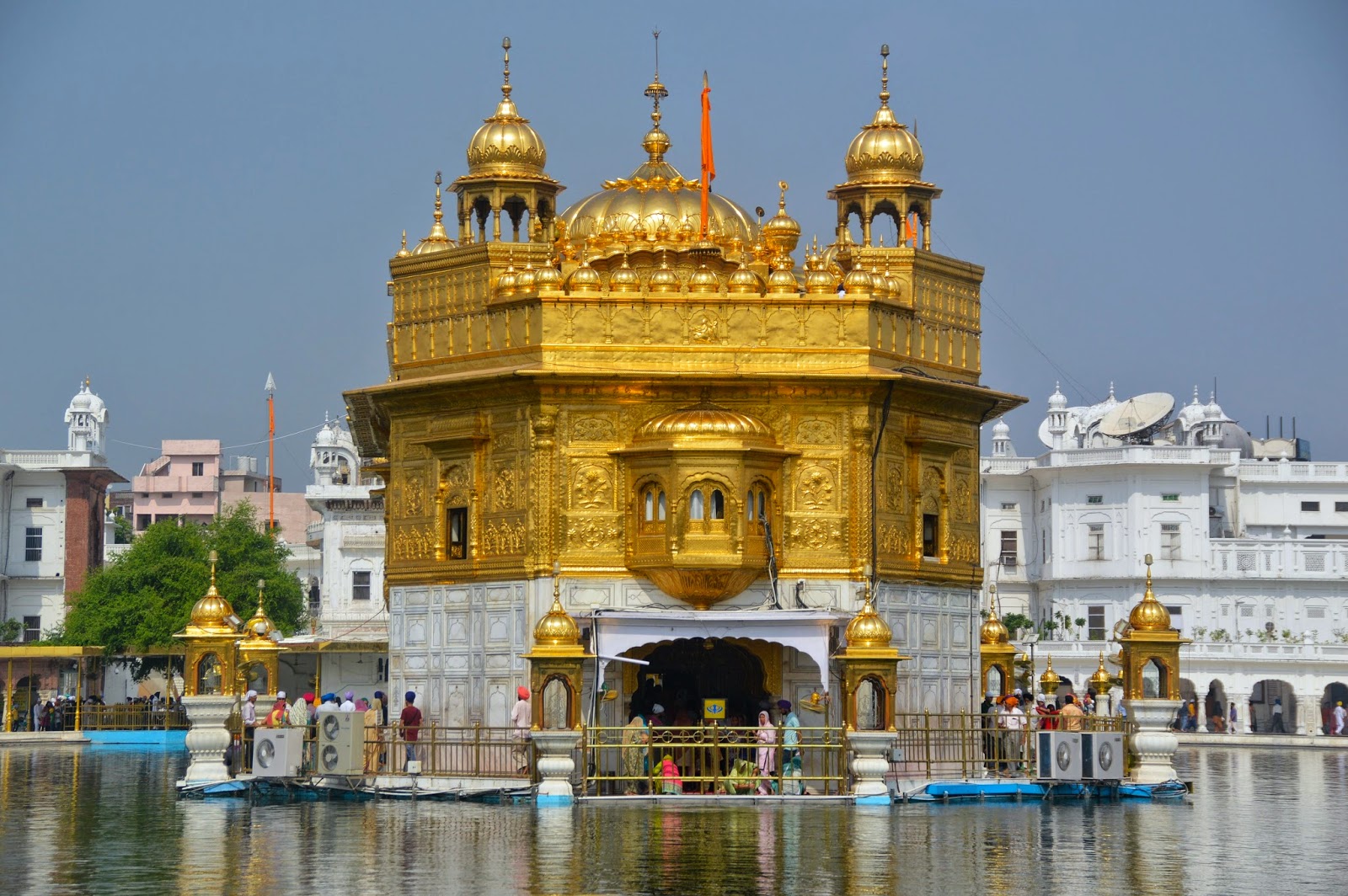Suvarna Mandir is not just a temple; it is a symbol of devotion and architectural brilliance that attracts visitors from all over the world. Nestled in the heart of a bustling city, it stands as a beacon of peace and spirituality. This article will delve into the rich history, architectural significance, and cultural importance of Suvarna Mandir, making it an essential read for anyone interested in Indian heritage and spirituality.
The temple, adorned with intricate carvings and stunning artwork, serves as a sanctuary for countless devotees who seek solace and enlightenment. In this comprehensive guide, we will explore the various facets of Suvarna Mandir, providing insights into its origins, the rituals performed, and the experiences of those who visit.
As we embark on this journey, readers will gain a deeper understanding of why Suvarna Mandir is regarded as a must-visit destination for both spiritual seekers and architecture enthusiasts alike. Let us uncover the layers of history and spirituality embedded in the walls of this magnificent temple.
Table of Contents
- History of Suvarna Mandir
- Architectural Marvel
- Cultural Significance
- Rituals and Festivals
- Visitor Experience
- Personal Data and Biodata
- Conclusion
- Sources
History of Suvarna Mandir
Suvarna Mandir has a rich history that dates back several centuries. Believed to have been constructed in the 16th century, the temple was built during a time of great spiritual resurgence in India. It is said that the temple was commissioned by a local king, who was deeply inspired by his spiritual teacher.
The temple is dedicated to Lord Vishnu, and it is believed that the idol of the deity was discovered during an excavation. The word "Suvarna" translates to "golden," symbolizing the temple's divine aura and the golden glow of faith that surrounds it. Over the years, the temple has undergone various renovations and restorations, preserving its original grandeur while adapting to modern times.
Key Historical Events
- Construction began in the year 1570.
- Major renovations took place in the early 20th century.
- The temple was recognized as a heritage site in the year 2000.
Architectural Marvel
The architecture of Suvarna Mandir is a stunning example of traditional Indian temple design. The temple features intricate carvings, ornate pillars, and a magnificent dome that captures the essence of Indian craftsmanship.
One of the most striking elements of the temple is its entrance, which is adorned with elaborate sculptures depicting various deities and mythological stories. The use of vibrant colors and gold leaf in the decoration adds to the temple's visual appeal.
Architectural Features
- Intricate stone carvings depicting Hindu mythology.
- Ornate pillars showcasing traditional Indian craftsmanship.
- A grand central dome that symbolizes the universe.
Cultural Significance
Suvarna Mandir holds immense cultural significance in the community. It is not just a place of worship; it is a hub for cultural activities, festivals, and community gatherings. The temple plays a vital role in preserving the traditions and customs of the region.
Throughout the year, various festivals are celebrated with great fervor, attracting thousands of devotees and tourists. These festivals provide an opportunity for people to come together, fostering a sense of unity and community spirit.
Festivals Celebrated
- Diwali - Festival of Lights
- Navratri - Nine Nights of Worship
- Holi - Festival of Colors
Rituals and Festivals
The rituals performed at Suvarna Mandir are deeply rooted in tradition and spirituality. Daily worship includes offerings of flowers, fruits, and incense, creating a serene atmosphere that invites contemplation and devotion.
During major festivals, the temple is adorned with decorations, and special prayers and ceremonies are conducted. Devotees from all walks of life come to seek blessings and participate in the celebrations.
Common Rituals
- Morning Aarti - A ritual of worship with light.
- Pradakshina - Circumambulating the temple.
- Special Pujas during festivals.
Visitor Experience
Visitors to Suvarna Mandir often describe their experience as transformative. The temple's tranquil ambiance, combined with the devotion of its attendees, creates an atmosphere conducive to reflection and spiritual growth.
Many visitors report feeling a deep sense of peace and connection while inside the temple. The opportunity to participate in rituals and witness the vibrant celebrations adds to the overall experience.
Visitor Tips
- Dress modestly when visiting the temple.
- Arrive early to avoid crowds, especially during festivals.
- Take time to explore the intricate details of the architecture.
Personal Data and Biodata
| Attribute | Details |
|---|---|
| Name | Suvarna Mandir |
| Location | [Insert Location] |
| Established | 16th Century |
| Deity | Lord Vishnu |
| Architectural Style | Traditional Indian Temple Design |
Conclusion
Suvarna Mandir is more than just a temple; it is a testament to India's rich spiritual and architectural heritage. With its captivating history, stunning architecture, and vibrant cultural significance, it remains a cherished destination for many.
We invite you to visit Suvarna Mandir and experience its beauty and tranquility for yourself. Share your thoughts and experiences in the comments below, and don’t forget to explore other articles on our site for more insights into India's incredible heritage.
Sources
For further reading and information, please refer to the following sources:
- [Insert Source 1]
- [Insert Source 2]
- [Insert Source 3]
Atlanta Pride: Celebrating Diversity And Inclusion In The Heart Of Georgia
Middle Township High School: A Comprehensive Guide To Excellence In Education
Understanding Blue Ridge ISD: A Comprehensive Guide


